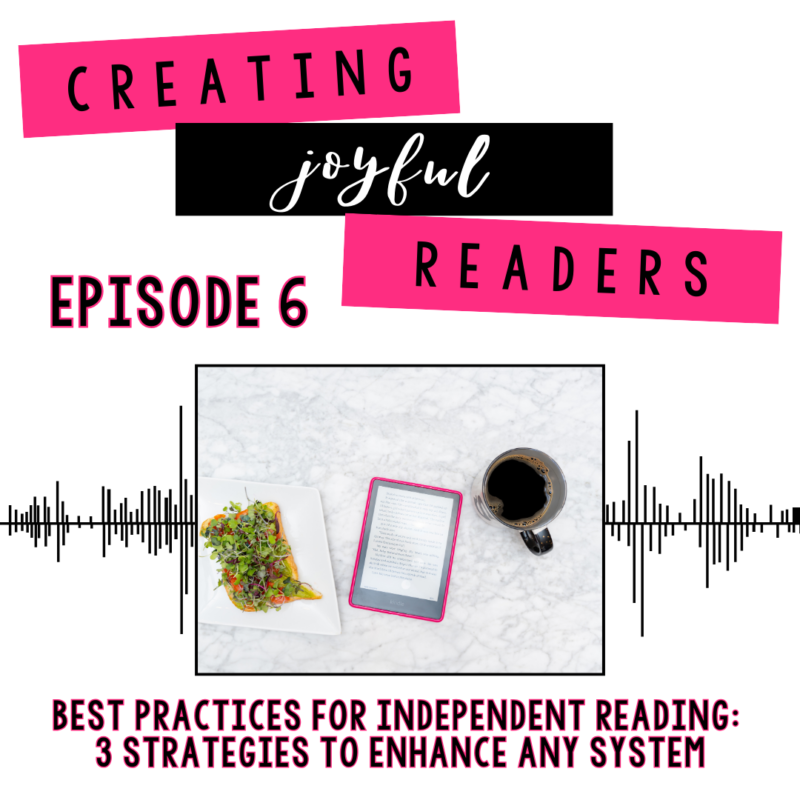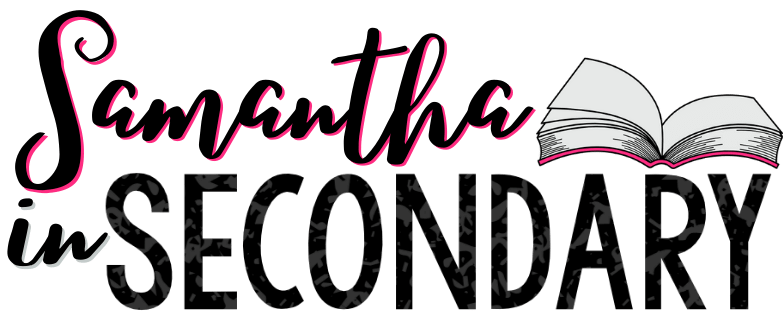Hi there, joyful readers! When you start thinking about implementing independent reading, inevitably you’re going to have a lot of questions. I’m gathering 3 of my most frequently asked questions and addressing them in today’s episode to help you get started with implementing your own system. It doesn’t matter if you’re brand new to the practice or a seasoned veteran, this episode has helpful strategies no matter where you are on your journey. Let’s get to it.




